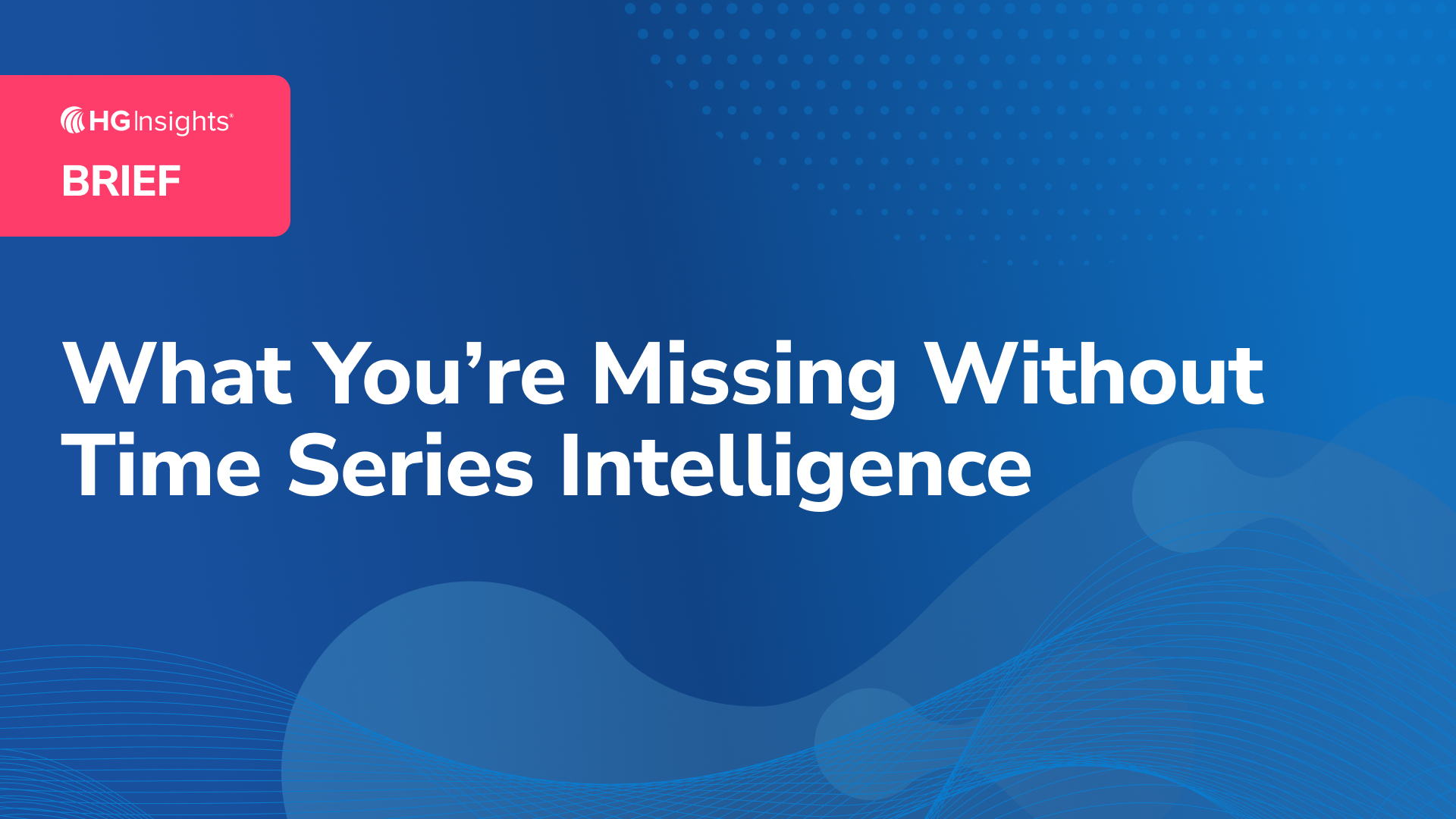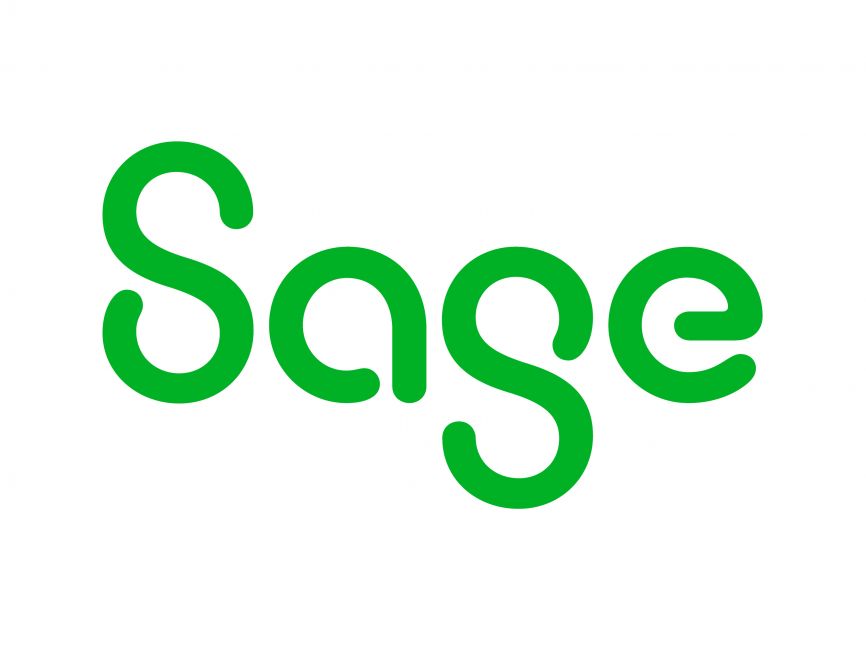Your Ideal Customer Profile is a key framework for identifying your best prospects. It serves as the foundation for your Go-To-Market (GTM) by defining attributes of accounts that are likely to convert and have the greatest revenue potential.
While successful B2B technology companies want to back their ICPs with data, they don’t necessarily know how to get there or where to start, and need recommendations to create a data-driven approach to ICP.
Technology Intelligence is key to filling this gap. By studying the technology profile of ideal customers you can build an Ideal Customer Technology Profile (ICtP). An ICtP examines the ideal tech stack of your customers to uncover companies with the highest propensity to buy your product or solution. The ICtP is a crucial element of a scoring model that allows you to create lists of high-value targets, align GTM teams around a common strategy, and avoid wasting resources on poor-fit accounts.
In this article we’ll cover the most common methods for developing an ICP, discuss the challenges that organizations face as they seek to understand customers, then introduce the concept of ICtP and explain how it can help you gain a deeper understanding of your ideal clients.
Built on a Hunch: The Drawbacks of ICPs
The concept of ICP is familiar to most companies. To build their ICPs, companies have traditionally and historically relied on several methods:
- Tribal knowledge: Identifying ideal clients based on what has worked in the past
- Surveys: Working with research analyst firms who use survey-based methods to understand markets
- Personas: These are essentially hypotheses about the ICP, without any data to back them up
Furthermore, companies have different levels of sophistication: some build ICPs based on their gut, while more sophisticated companies on the data maturity curve might have an established, systematic method for understanding that ideal customer using firmographics, technology intelligence and/or intent data.
Regardless of how companies currently build their ICPs, there are always gaps, missing context, and blind spots they don’t understand. One of the key gaps for B2B technology companies is the technology profile of their ideal customers.
A company’s technology profile is an important source of insights. It can include both adjacent technologies, such as integrations that their product works with, and technologies that don’t have an obvious connection. There is a vast quantity of technology intelligence that’s available, but even companies that are aware of it don’t take full advantage of it to inform their ICPs and drive meaningful business results.
The Hidden Costs of Ignoring Technographics
There is a lot of hype around big data and being data-driven — the costs of basing major decisions on a hunch are real. Consider these examples of how informal ICPs result in limited opportunities and wasted resources:
Marketing Overspend: An IT company had a product for helping companies that use the public cloud. Its sales teams hypothesized that accounts that generate $50-100 million in revenue are ideal accounts, so they built out a $400,000/month advertising campaign targeting those accounts without really understanding why.
Outdated GTM Motions: A data management platform historically operated on a territory-based outbound sales model that prioritized accounts using a tribal knowledge scoring model. When COVID-19 hit, sales teams were struggling to generate pipeline. Even the most successful salespeople were struggling with low conversion rates and long sales cycles. By informing their ICPs with comprehensive tech intelligence, they were able to identify their best-fit accounts and close deals faster.
Lack of Account Prioritization: A data storage company had a list of approximately 290k prospect accounts but needed to identify their most valuable accounts for their 600-member sales team to prioritize. By incorporating technology intelligence about installations and IT spend into their ICP, they were able to rank and prioritize these accounts. Top-scoring accounts ultimately yielded 3.6x more revenue than lower-scoring accounts.
In each of these cases, the gut-based ICP offered a limited understanding of the company’s customer base and market. Without fully understanding customers, companies not only waste resources pursuing poor-fit accounts — they often miss entire swathes of their Total Addressable Market (TAM).
What’s more, given that the GTM motion itself is complex, with sales, marketing data, and executive teams each playing a role, a haphazard ICP means that it’s impossible to align teams around a common business strategy.
The Path Forward: Transcending ICP Into ICtP
As we’ve seen, your ICP shows you who your ideal customers are. But this understanding is limited. That’s why HG Insights developed our proprietary Ideal Customer Technology Profile (ICtP) recommendations model. An ICtP seeks to understand customers using a different dimension of data: their technology profile.
The process of building an ICtP starts by examining the installs in an ideal customer’s infrastructure environment to identify what technologies are present in great-fit accounts. By comparing these against tech installs we know in the wider market, we’re able to see which technologies distinguish those ideal accounts. With this information, we’re able to define a model that codifies the top products you should be looking for in prospects’ technology install bases.
This recommendation model is at the core of ICtP. We build a profile of the ideal client using our proprietary install data, rank companies using that model, then surface the top prospective customers. The model consists of weighted scores for each technology, and the list can be much longer than 10 technologies.
Let’s consider a few use cases for ICtP to help elaborate the concept:
1. Testing hypotheses about ICPs
One HG Insights customer in the cloud space hypothesized that its customer bases for its Azure and AWS products were two separate ICPs. To test this hypothesis, they gave HG Insights a list of 400 customers for each product. We ran the two lists and learned that the AWS customers had a unique ICtP consisting of “AWS-flavored” products. We saw the same thing with Azure customers. This confirmed their hunch and gave us a clear profile for accounts to target for each product.
Analyzing customers using an ICtP does not always confirm hypotheses — it tends to surface insights that were previously hidden.
2. Identifying priority accounts
A networking hardware company needed to identify which accounts had both the budget and the highest likelihood of becoming a customer. They also needed to become more strategic and efficient in their GTM approach. By applying an ICtP scoring model using HG Insights’ proprietary spend and install data, the company was able to become much more efficient at finding and winning new accounts.
3. Finding whitespace opportunities
A workplace software company had a sophisticated sales and marketing approach but was looking for ways to drive growth outside its historical and traditional customer base. By incorporating ICtP scoring models from HG Insights, the company uncovered new markets they previously were unaware of. Over the course of a year they generated $80 million in pipeline as a result.
4. Gaining competitive insights
Another common use case is when technology companies are launching a new product and want to understand their competitors’ products. By identifying what technology their competitors pair well with, they can gain a leg up when entering that market.
Ultimately developing and applying ICtPs allows companies to be far more targeted and efficient with the money they spend, and they’re able to align internally to go after that market.
About HG Insights
While ICtP itself isn’t novel, HG Insights’ approach to ICtP sets us apart as the best-in-class provider in the GTM data space. Our proprietary database includes tracking information from 15,000 technology products including data regarding installs and spending. Our recent acquisition of Intricately expands this visibility into the cloud. And the way we develop ICtP models using weighted scores means our customers can rely on us for insights, not just data. For these reasons, ICtP is one of the most common outputs that our customers request.
It ends up being more than just an ICtP or day-to-day tactics: HG Insights customers end up with an entire business and GTM strategy.
To learn more about HG Insights for Ideal Customer Profile and ICtP, read our solution page.










